You don’t have to be a Mandarin speaker or of Chinese heritage to get goosebumps from listening to the Yellow River Cantata, says Guy Noble.
“I first conducted it about two years ago, and I fell in love with it,” he tells Limelight. “I thought it was just beautiful, and there were parts – especially in the last movement – where I just thought, ‘Wow, that is just very exciting.’ Every time we performed it, I got a buzz, I must say.”
Noble is preparing to conduct the Yellow River Cantata once again, this time for performances by the China National Symphony Orchestra (CNSO) Chorus in Adelaide, Melbourne and Sydney.
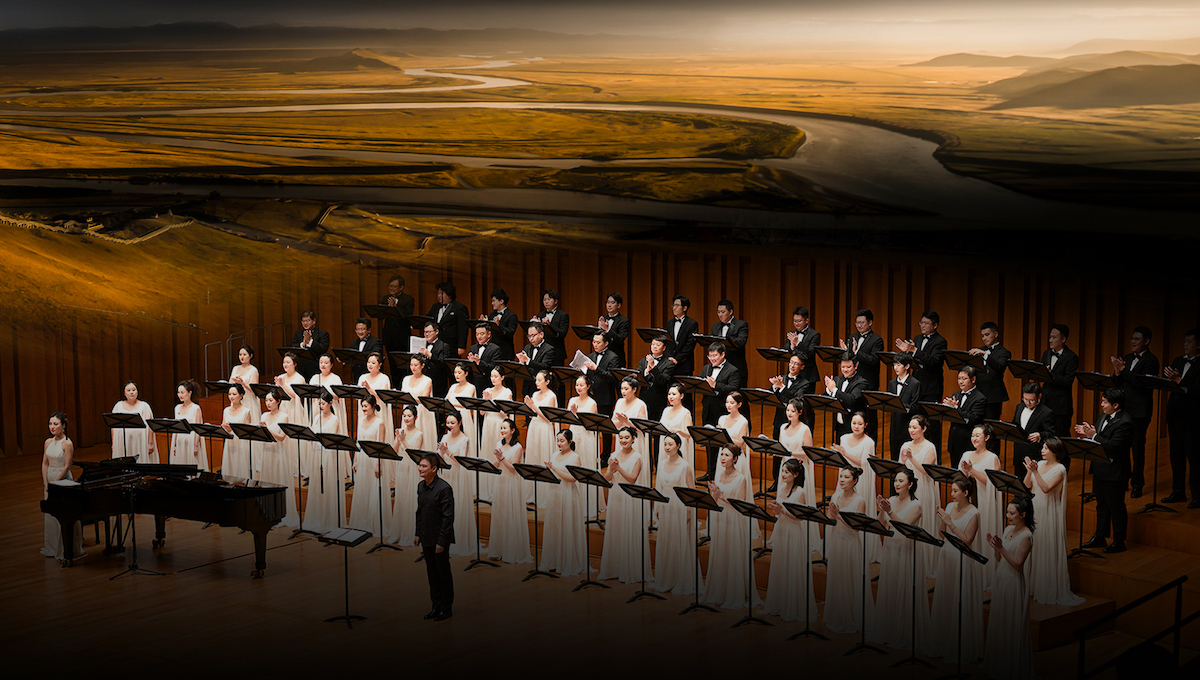
The China National Symphony Orchestra Chorus. Image supplied
One of the most revered works of the neoclassical canon in China, the Yellow River Cantata was written in 1939 during the Second Sino-Japanese War by the Chinese composer Xian Xinghai (1905–1945). Its lyrics are derived from an earlier poem by Guang Weiran, who fought invading Japanese troops near the Yellow River, where he witnessed local boatmen battle against its fierce currents, bolstered by spirit-lifting folk songs.
“It’s coming out of a very traumatic time in China’s history,” Noble says. “They needed something patriotic to keep them inspired, and the image of this mighty river that keeps on going and going is very powerful. It helped people feel hopeful.”
In the late 1960s, the Yellow River Cantata was adapted into the Yellow River Piano Concerto by the pianist Yin Chengzong which today is one of the most well-known 20th-century works combining elements of traditional Chinese and Western music. It has also become a signature work of the China National Symphony Orchestra Chorus.
Formed in 1956, the CNSO Chorus carries the dual mission of preserving Chinese culture and embracing masterpieces from the Western canon. As well as showcasing interpretations of Chinese classics, the ensemble has brought to life many Western compositions under the batons of conductors such as Riccardo Muti and Sir Antonio Pappano.
It is also at the forefront of China’s cultural exchange efforts. In 2024, under the leadership of Resident Conductor Wang Linlin, the CNSO Chorus took part in a celebration of the 60th anniversary of diplomatic ties between China and France with a program featuring French compositions for the Sino-French Spring of Culture festival. It also marked the 75th anniversary of China-Russia diplomatic relations with performances at the Mariinsky Theatre, in St. Petersburg.
Under the baton of its current leader, Wang Linlin, the Chorus also continues to refine and broaden its repertoire, exploring new arrangements of Carl Orff’s Carmina Burana while experimenting with adaptations of ancient Chinese poetry and traditional choral music.
The CNSO Chorus is a mighty instrument, says Noble. “There will be about 70 singers on stage, so it’s not like a full Philharmonia, but each of them delivers maybe the equivalent of five amateur voices’ worth of volume. They have an incredibly assertive sound, a kind of forthrightness which perhaps comes from being in a country with so many people. You cannot be bashful. You have to make yourself heard!”
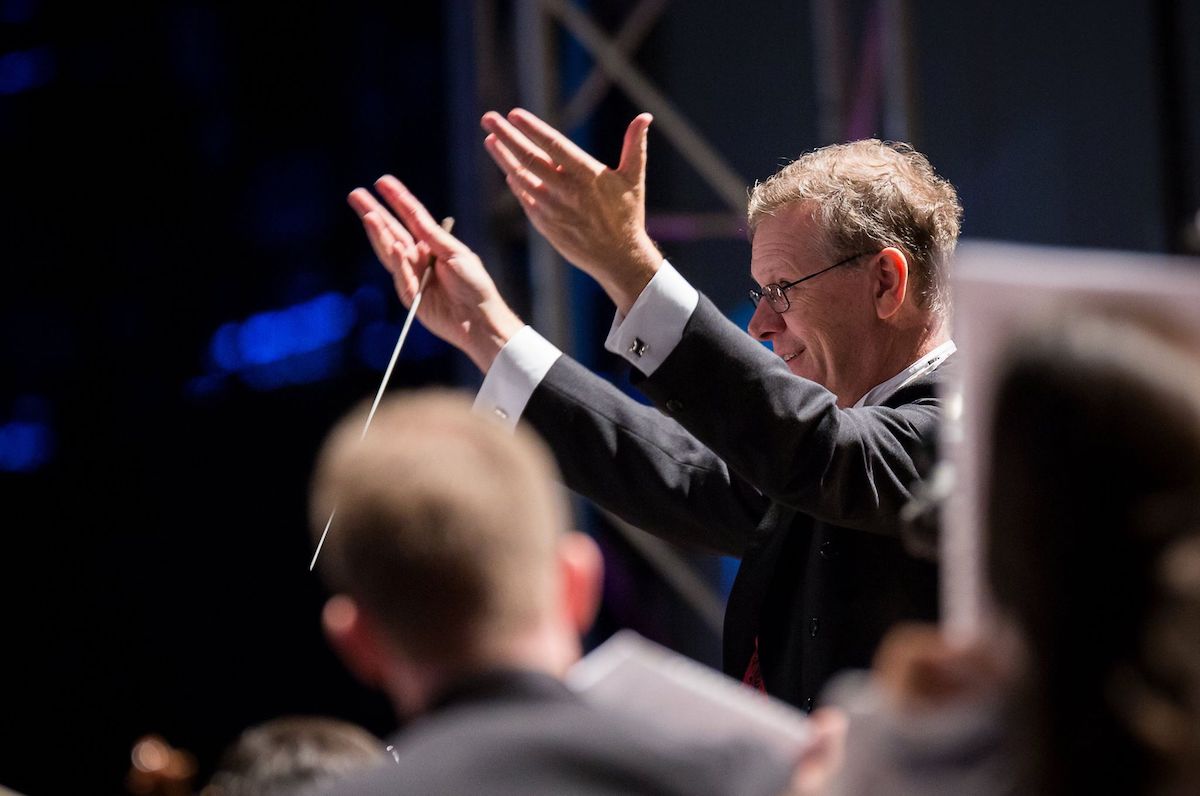
Guy Noble. Photo supplied
As well as directing performances of Carmina Burana and the Yellow River Cantata, Noble is also working on a version of Waltzing Matilda.
“When you’re working with an entire chorus from another country, and they are singing their music in the way they want to sing it, all you can really do is hope you’re doing it justice,” Noble says. “But with Waltzing Matilda as an encore, the tables will be turned! I recorded the words very slowly for them so they could sing about jumbucks in tucker bags and billies being boiled, but I have no idea if any of them will understand what they’re actually singing about.”
Relations between nations are always subject to the winds of geopolitics, but music remains an important way to bring people of differing world views together.
“Concerts like this are not about propaganda,” says Noble. “No government policy is going to be changed by us performing together, but I think it helps put a human face to a culture, and, like in an arts festival, people are often willing to throw caution to the wind and say, ‘Let’s have a listen.’”
Through this tour, the CNSO Chorus “aims to build a musical bridge between tradition and modernity, East and West,” says Wang Linlin.
“By presenting Carmina Burana alongside Chinese traditional compositions, we create a complementary musical experience. Chinese traditional music is deeply rooted in cultural heritage and poetic expression, while Carmina Burana is known for its grand intensity and powerful emotional impact. When these distinct musical styles unfold on the same stage, audiences can experience the unique charm of both Eastern and Western music, enriching their musical journey and immersing them in a vibrant cultural fusion.”
“We hope this performance allows audiences to experience the power of music as a universal language – one that transcends cultural boundaries, unites people across regions, and fosters a shared human connection.”
The China National Symphony Orchestra performs The Yellow River Cantata: Hamer Hall, Melbourne, 5 March; Adelaide Town Hall, 7 March and Sydney Opera House, 10 March. For more information and bookings visit cnso.com.au.








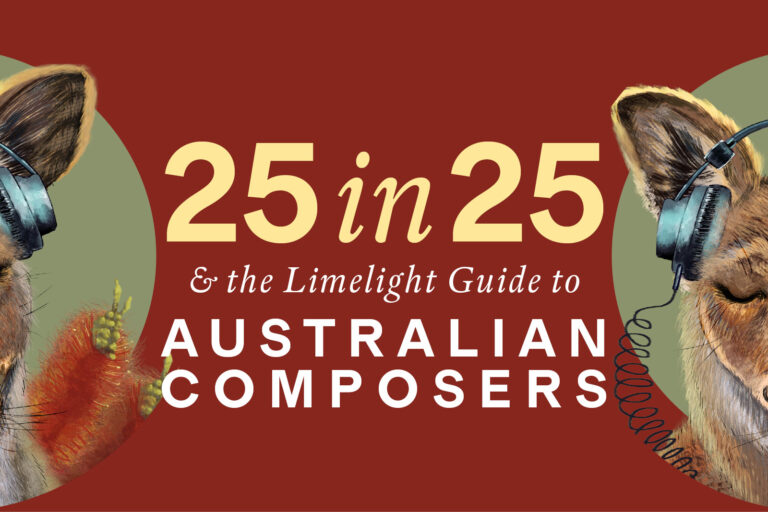


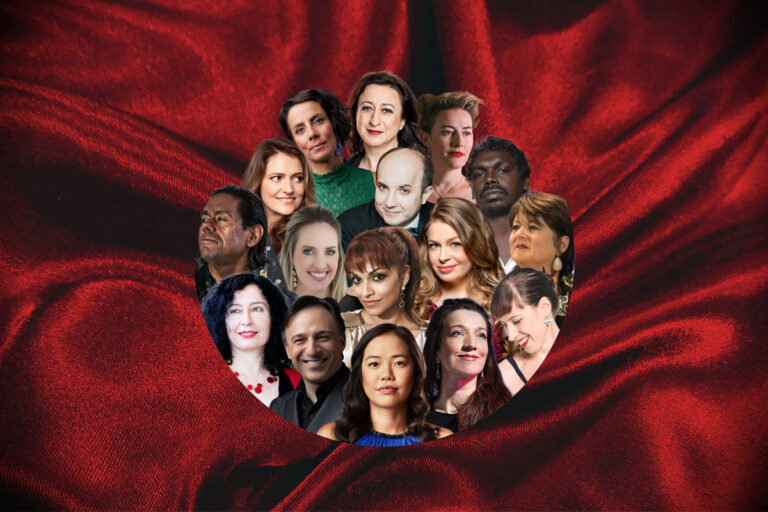
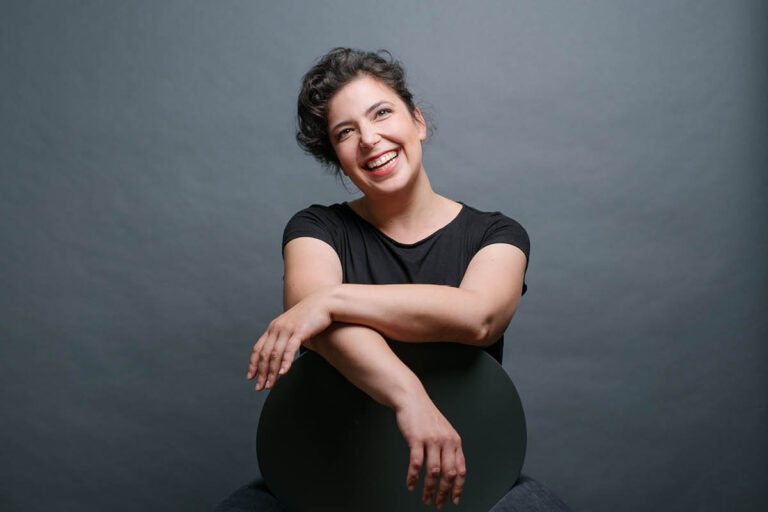

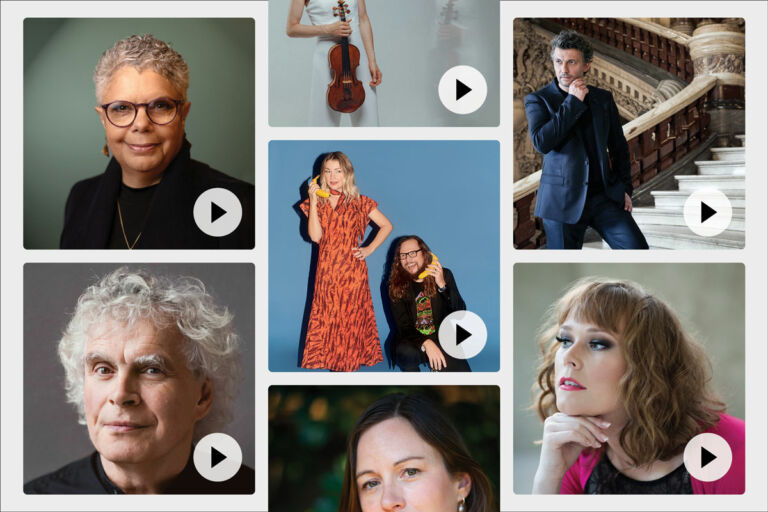

Comments
Log in to start the conversation.